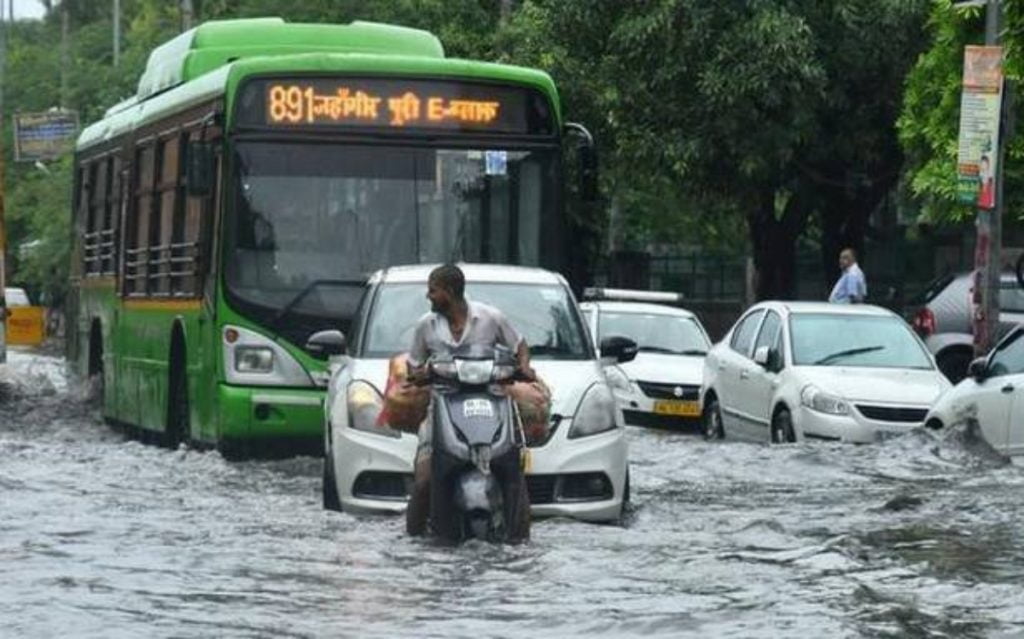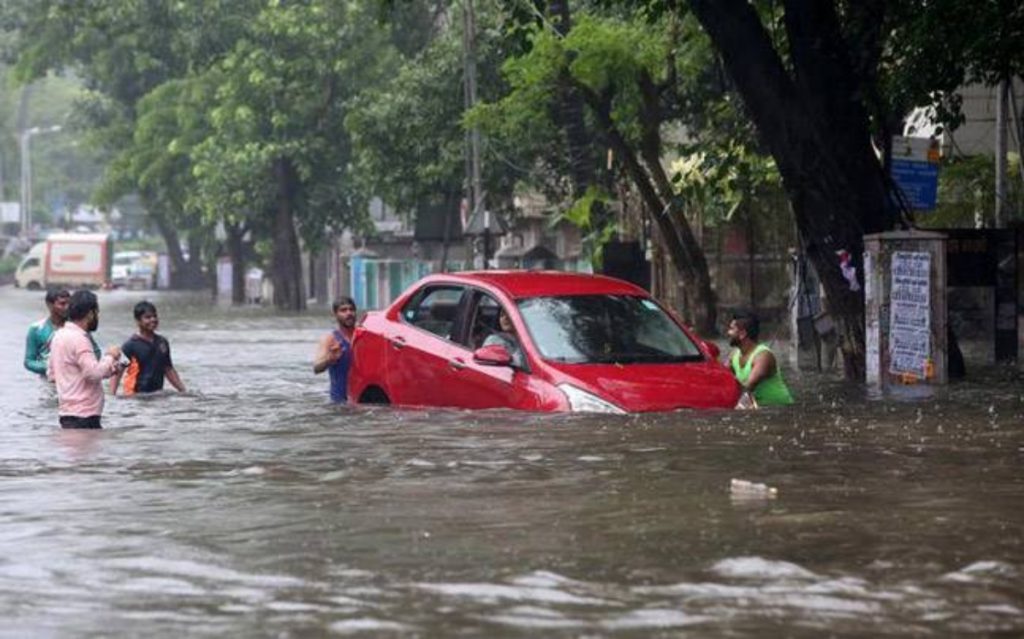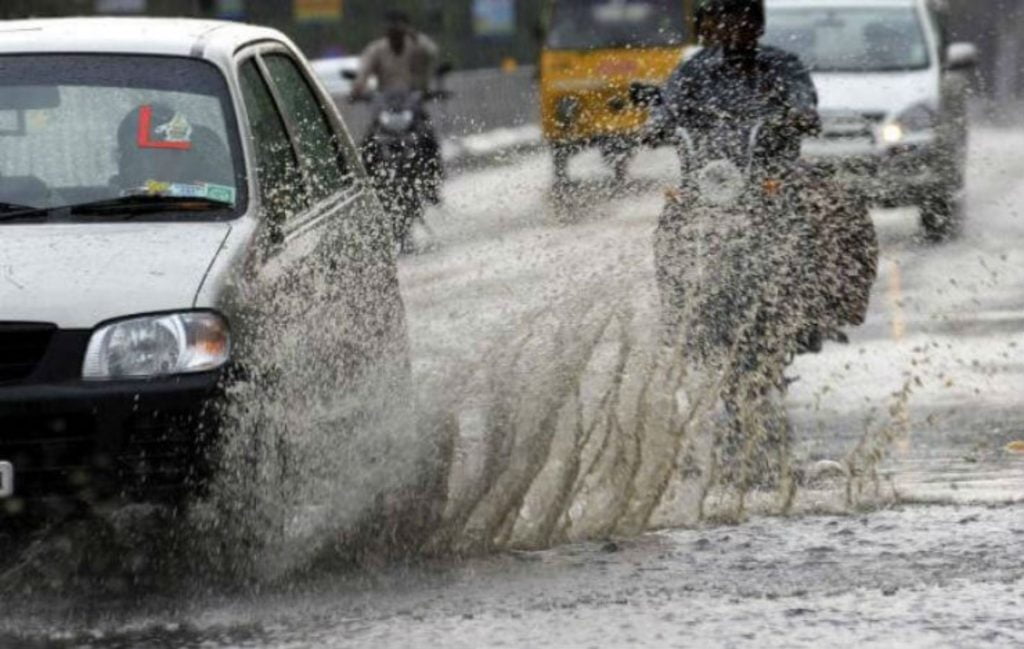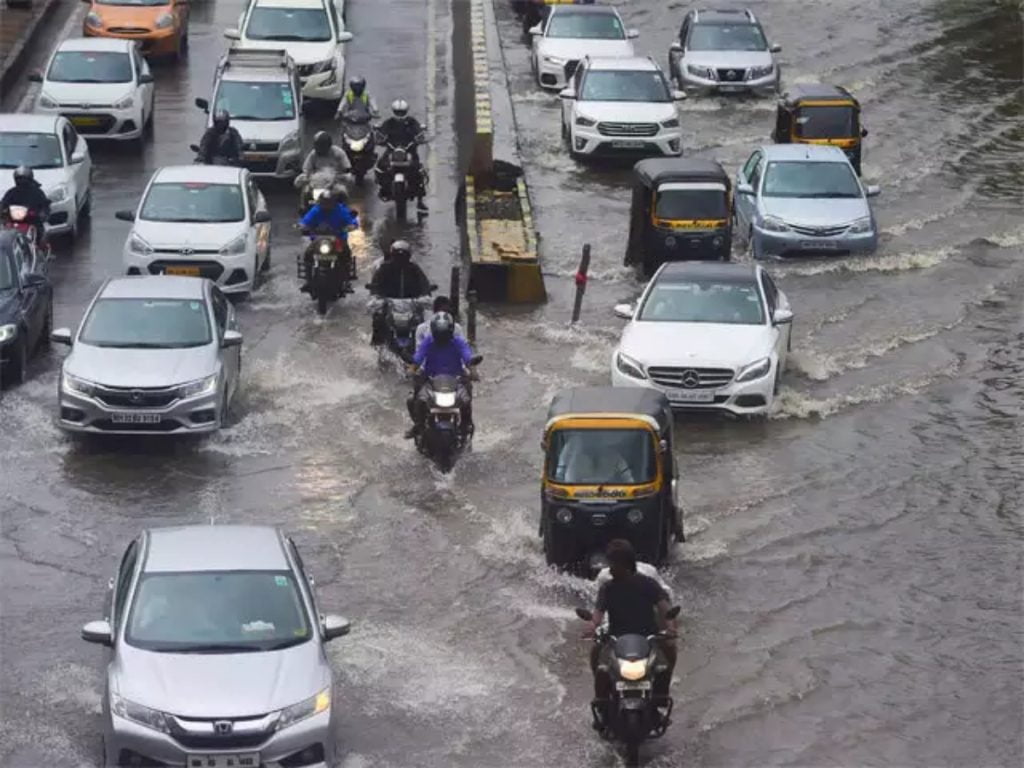Here are some essential tips about driving in the monsoons, particularly through flooded roads and through puddles and also how you can take better care of your car during the rains as well.
The monsoon season is here in India and driving around in the rains can both be fun and dangerous. Let’s admit it, driving in the rain is one of the most enjoyable experiences of driving but it can also be hazardous as conditions can get tricky and your car needs to be cared for too. Moreover, in a country like India where water logging is a huge problem, there are certain essentials for your car you need to take care of to keep your vehicle out of harm’s way. Here in this article, we will discuss all things that you need to keep in mind while driving in the monsoons and also some tips to take better care of your cars.

Get your cars checked before the monsoon season
There are several aspects of your car that you need to ensure are in good condition before the monsoon season even arrives. For example, ensure that your wipers are in good condition and if the rubber is hard, don’t hesitate to change it immediately. Also ensure that your door beadings are properly sealed to prevent any water from leaking inside your cabin. Your tires and your brakes are perhaps the most important of them all. Ensure there’s good tread on your tires and your brake pads aren’t worn out. Lastly, also ensure that your car is topped up with all essential fluids at optimum level.
How to deal with flooded roads?
Parked cars and bikes on the roadside itself is a very common sight on our Indian roads. And when there’s a heavy downpour, it is not very unlikely for your car to get submerged with the entire height of the wheels under water, or almost all of it. In such a case, to do attempt to start your vehicle as water can enter the engine through the exhaust or even damage the electronics. Wait for the water to recede or it is best to call for roadside assistance as most of the damages are not covered by insurance either.

When it comes to driving on flooded roads, yes, it can be a lot fun, but there are some precautions to take here as well. If the level of the water is above your bumper, do not ever attempt to take that road. Its better to take an alternative route even if it is longer. It requires considerable force to push the weight of the water around your vehicle in a heavily flooded road and if you do not have enough momentum when driving through it, you can stall your engine. With your exhaust pipe under the level of water, it can be dangerous to start it again.
If water enters your engine, there’s a risk of hydrolocking. Also, if your car has exposed wires any where, it can also lead to a short circuit, both of which are very expensive to repair. To gauge the depth of the water in the road ahead of you, its a good idea to observe other vehicles around you or observe people walking through the water to get an idea about the depth. This is perhaps where your love for SUVs can save you a little with that extra water wading capacity that naturally comes with a higher ground clearance.
And what about puddles?
Splashing water while travelling fast through water puddles in your car is a activity many drivers will relate to as quite fun. And it is indeed. However, all puddles are not just stagnant water. Some of these puddles could be covering deep potholes under them and if you hit one of these potholes at high speeds, you can incur heavy damages to your wheel rims and also to your suspension. These repairs again wouldn’t be easy on your pocket.

It is always advisable to slow your vehicle down when attacking such puddles. It is also advisable to stay off the edges of the road in the monsoon as it is usually on the edges that the potholes are quite deed and the water level in general is also a little deeper than the rest of the road. If however, you are thorough with the roads you are driving on and if you know where’s what, there’s no harm in splashing some water, unless you are splashing it on some one else.
Also Read : Here’s A Toyota Innova Going Easily Through The Floods Of Mumbai
Stagnant water on the highways – this is most dangerous of all
When driving within city limits in the rains, the potential hazards are only to your vehicle. However, when driving out on the highways during the rains, you could also risk your own life if you are not careful. You must have seen several patches of stagnant water on the highway when driving in the rains. It is always advisable to come off the throttle over such patches or avoid it altogether. When such stagnant patches of water are taken at high speeds, it could result in aquaplaning, and potentially, a huge accident.
Aquaplaning occurs when water builds up in front of your tires faster than your vehicle is able to displace it. This creates a thin layer of water in between your tires and the road. Your wheel thus do not have contact with the road anymore but are riding on the thin layer of water instead. This is a very dangerous situation and you could lose grip and complete control of your vehicle. It could send you sliding on the road without any control or grip, a catastrophe you’d certainly want to avoid.

Also Read : Check Out This Tata Nexon EV Going Through The Mumbai Floods Easily
After-care Maintainence
After you’ve had your fun driving around in the wet, its time to take some care your car too. Give your car a thorough washing to clean all the mud and dirt off your car. If some water has seeped into your cabin, make sure you vent your car by opening all your windows to prevent any damp odour from building inside your car. Also make sure you take your floor mats out and dry them properly.
So these were just a few essential driving tips to make you a better driver during this monsoons and how you can also take better care of your car. It sure is fun driving in the wet and through puddles but it must be enjoyed responsibly, risking neither your car, nor your life. Enjoy the monsoons and drive safe.
The post Driving in the Monsoons – Tips for Drivers and Car Care! appeared first on Car Blog India.
from Car Blog India https://bit.ly/31GZfle
Comments
Post a Comment